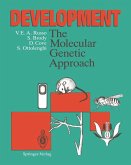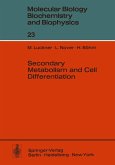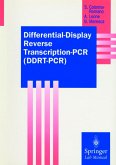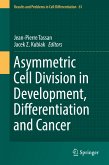The majority of studies devoted to animal development traditionally start out from questions of morphogenesis. Of course, visible differentiation, as well as the events leading to it, should ultimately become describable in molecular terms. Nevertheless, even "simple" morphogenetic processes may have a complex biochemical basis which makes it difficult to recognize the key functions involved. This difficulty obviously does not exist in the case of glands, i. e. , organs and tissues primarily concerned with, and characterized by, the nature of their products, i. e. , one, or a few secretory proteins synthesized in huge quantities. In these systems, when we observe differences between different portions of a gland, or when switches of the synthetic activity occur during development, there is no question as to what we have to look for: we are directly faced with the fact of differential protein synthesis and the problem of its control. Insect glands, in addition, share other significant properties, i. e. , the absence of cell division during growth and, concomitantly, the formation of giant cells with polyploid or polytene nuclei. This unique set of peculiarities can be fully exploited only if one compares various representative systems, everyone of which, when considered by itself, might appear too exotic to invite generalization. In the present volume, the editors have endeavored to bring together contributionscoveringselected insect glands from various points of view,including the developmental, molecular genetic and cytogenetic aspects.
Dieser Download kann aus rechtlichen Gründen nur mit Rechnungsadresse in A, B, BG, CY, CZ, D, DK, EW, E, FIN, F, GR, HR, H, IRL, I, LT, L, LR, M, NL, PL, P, R, S, SLO, SK ausgeliefert werden.
Hinweis: Dieser Artikel kann nur an eine deutsche Lieferadresse ausgeliefert werden.









